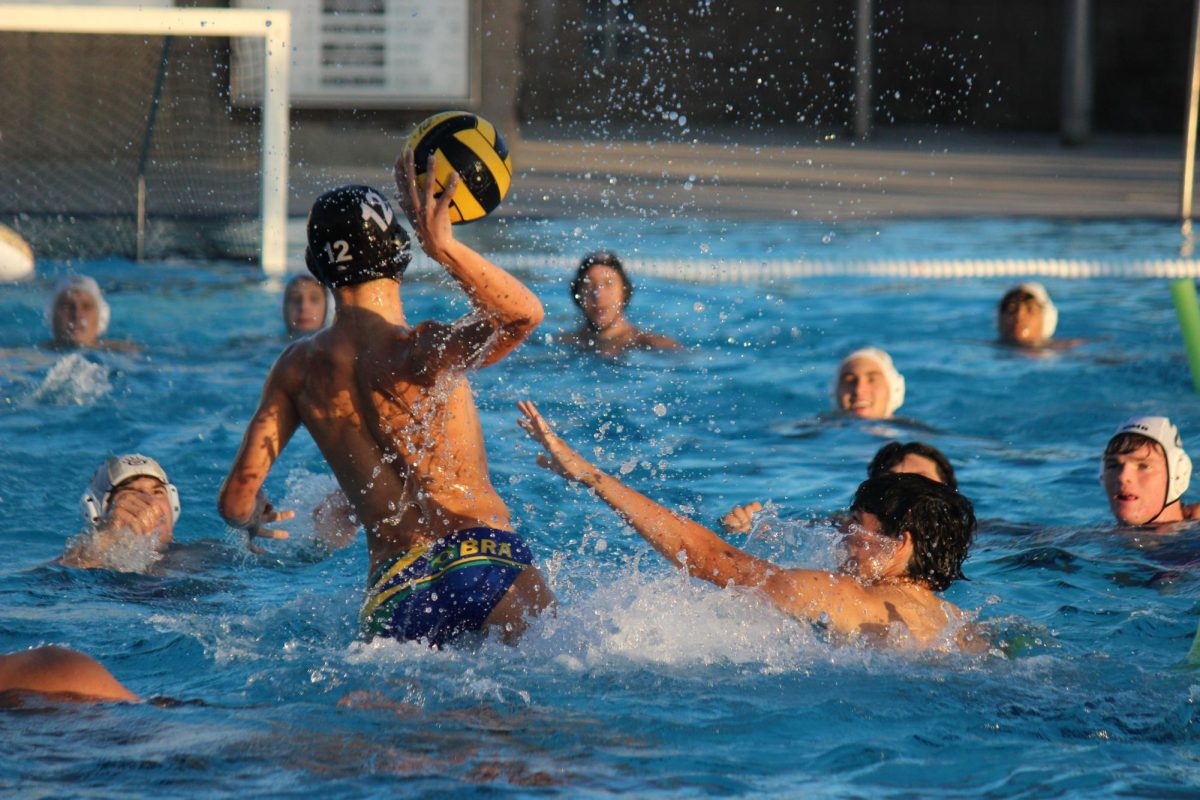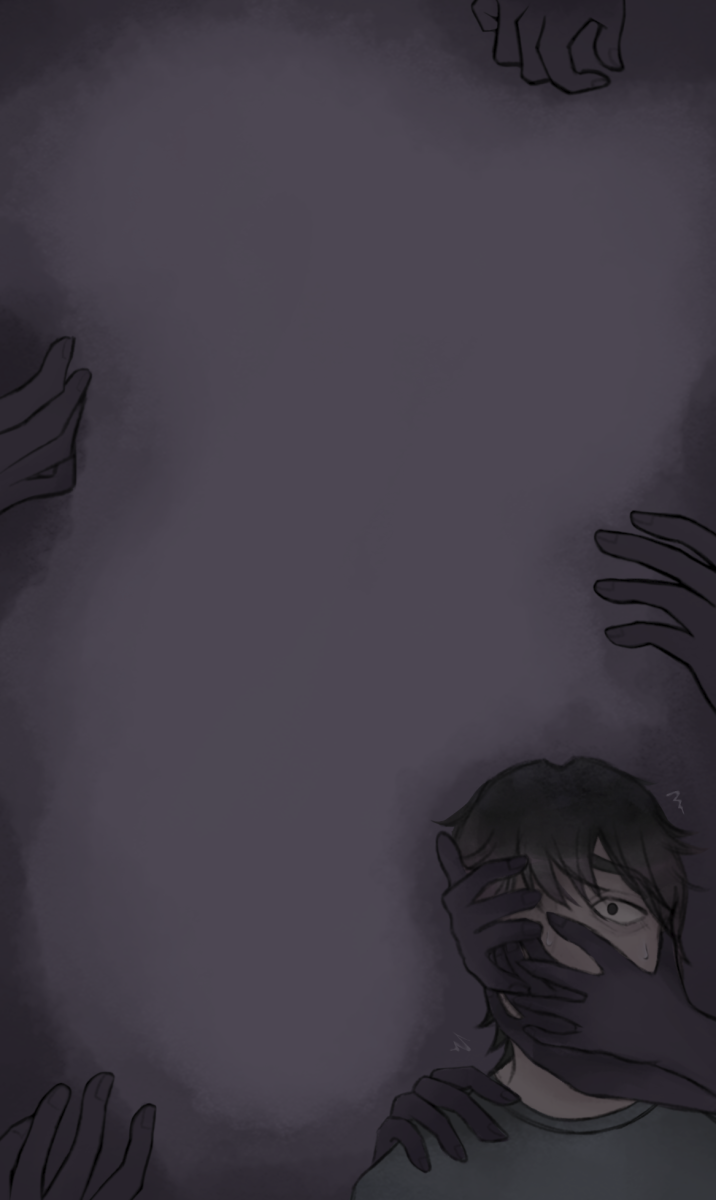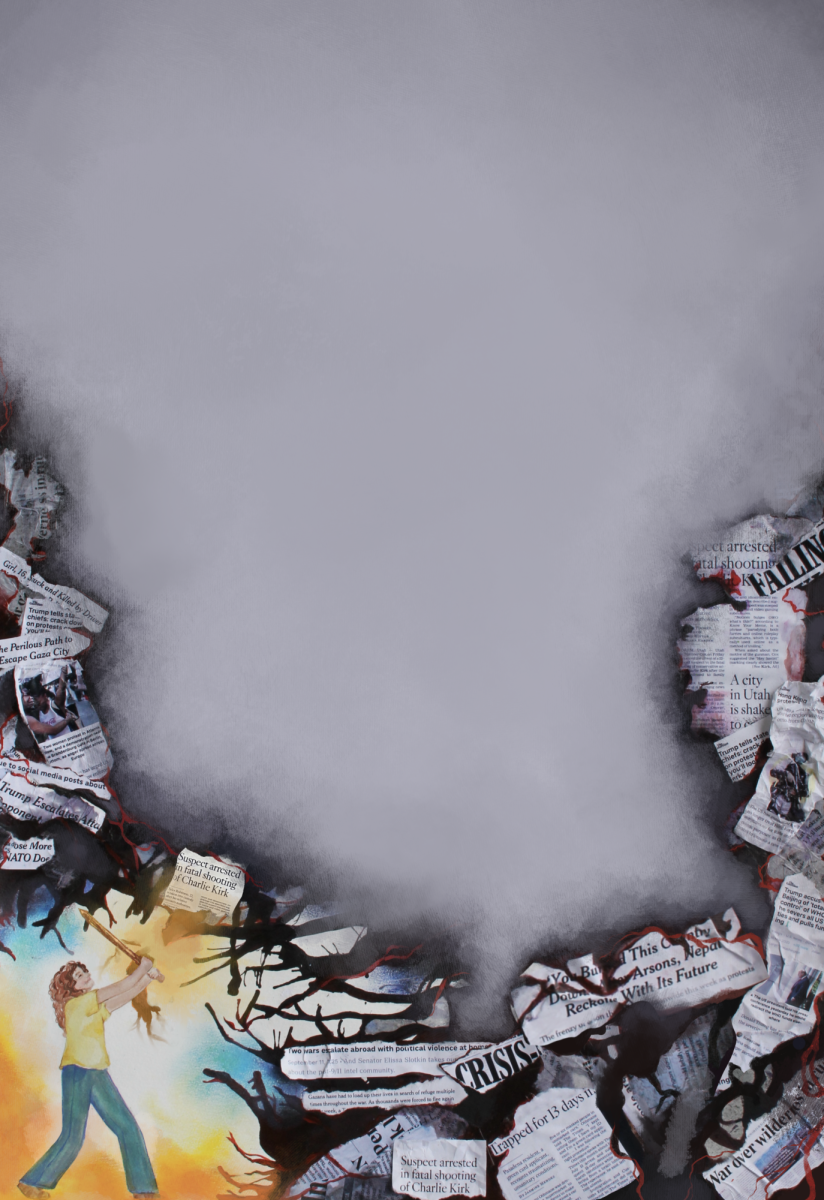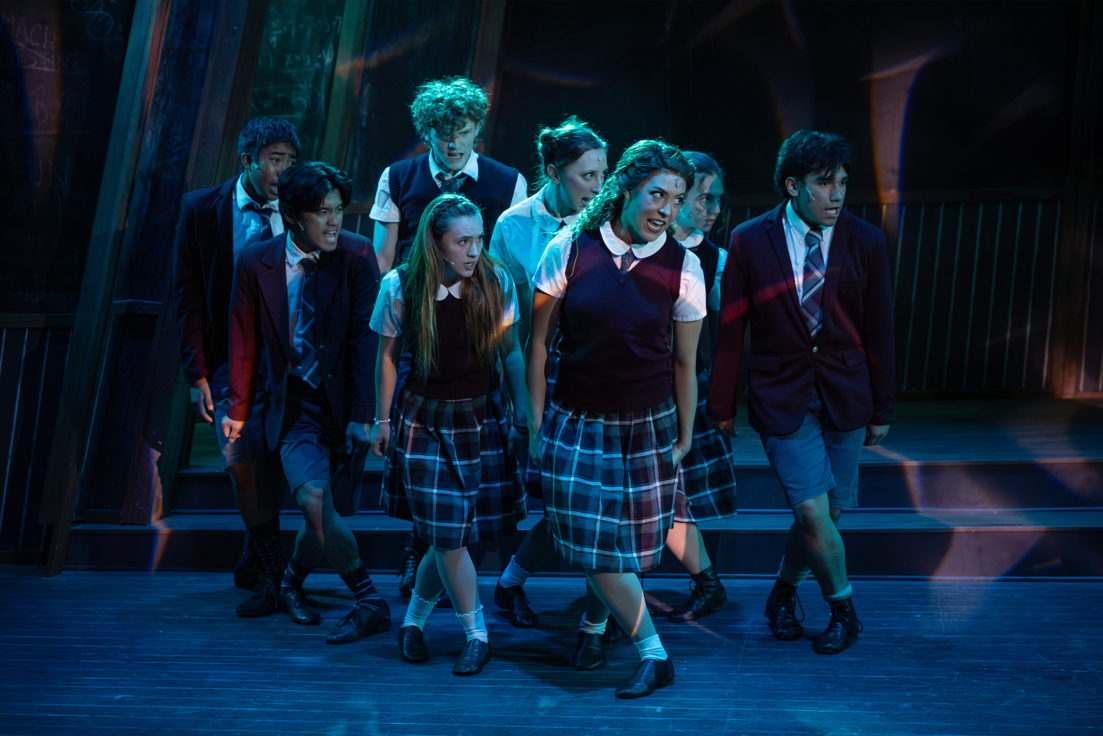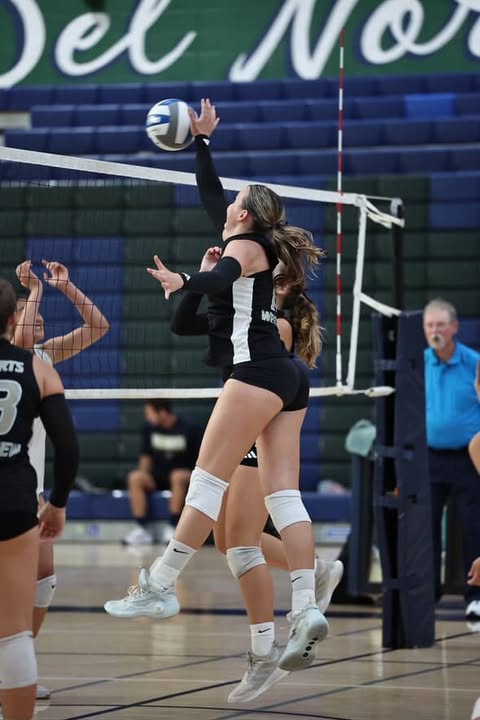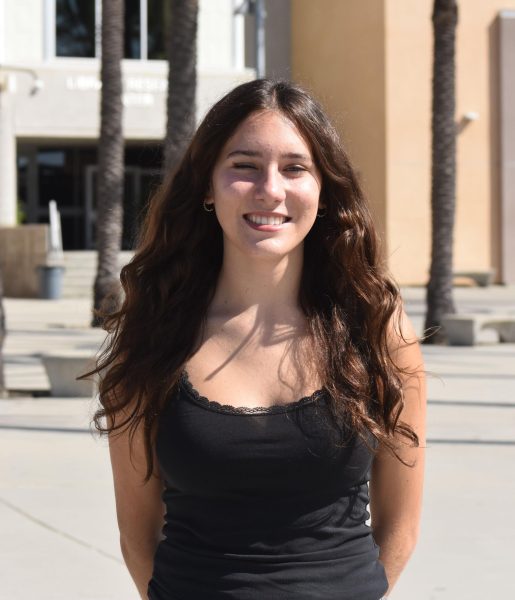In the middle of the Anaheim Convention Center, judges watched intently from the judges’ table as dance teams from around the country competed at this year’s United Spirit Association National competition, March 23. Not only was Westview’s Dance Troupe named Top 10 Grand Champions, but this was the first time in more than a decade that they have had five dances compete in finals.
This year, five of the six group dances, as well as three soloists, competed and placed in finals.
For the three solos, Sophia Sands (11) Rosemary Cabanban (11), and Eva Porter (12), earned 4th, 6th, and 6th, respectively.
According to Cabanban, her solo, a contemporary piece to the remix of the song “You and Me” by Flume, was intense in nature. She said that since the song had repetitive lyrics, it took more deliberate effort to understand what emotions to convey in her performance.
“I struggled more this year connecting to my song because last year, [my song] was spoken word so it was very clear what the intention was and how I needed to portray that in my dancing,” she said. “But this year, I felt very disconnected from the dance for a very long time. It was a new challenge for me to take on, but I’m proud of how it turned out in the end, and I’m grateful for the chance to bring my choreographer’s vision to life on the Nationals floor.”
It wasn’t until the week before the weekend of nationals that Cabanban said she really felt like her movements and her emotions coincided with her dance.
“I felt a little off my game, but when I competed [two weeks] before nationals it felt good,” Cabanban said. “I performed it and I felt like I was in it the whole time, I wasn’t going in and out of my performance. I left the stage feeling proud.”
Cabanban said that she tried to convey those intense emotions – that the song required – to the judges through her piece.
“[My solo] felt more like a conversation,” she said. “It wasn’t poised but really intense. There’s one point where I’m on the floor, I’m on my knees and I’m kind of more desperate. It’s about finding how I can connect with the judges and have them feel these different emotions that I feel even though there’s no clear storyline.”
Porter’s solo was a lyrical contemporary piece to the song “Glimpse of Us” by Joji.
For this dance, Porter said that she focused on her movement projection to the judges – attempting to exude as much confidence and take up as much space as possible.
“I was really focused on projection to the judges because they’re pretty far away,” Porter said. “We danced on this huge arena floor so when it’s just one person dancing, you have to project so much more. [Before my performance] I was running my piece with my headphones on and centering myself while focusing my energy on projecting my facials upwards to the judges.”
Similar to Porter, Sands competed a lyrical contemporary piece to the acoustic version of the song “Natalie Don’t” by RAYE.
One of the categories that the judges assess the dancers on is performance quality. While all of the technical aspects of the dancer are important, the way in which they hold themselves and convey emotions to the judges is what makes a performance score well. For Sands, that meant attempting to connect with a storyline in the song that she couldn’t relate to – to sell the story to the judges.
“Mine was about this woman who doesn’t want her man to be with another woman,” Sands said. “I can’t relate to it, but it was kind of like I was playing a character and I was trying to develop the story for the judges.”
Cabanban said that she strives for high scores when it comes to performance quality. She said that even when other soloists may be technically stronger, such as achieving higher extensions or being able to do more turns, her performance quality can always make her dance visually interesting.
“Every time I go to any competition, I always know there’s going to be at least one dancer who’s better than me,” Cabanban said. “There’s always someone who can do more turns than me, someone whose leg can go higher, someone whose feet point and touch the floor, and I’m not that person. But one thing that I know I can always control is my performance, and I just really love performing.”
Cabanban said she was appreciative that so many people on the team were able to showcase their talents at this year’s nationals.
“My freshman year, there was only the extra small dance that got into finals and I wasn’t in that piece, and then last year, a few of my teammates weren’t in our pom dance that made finals,” Cabanban said. “But this year, everybody got to go, and it was really just a blessing because some teams don’t get into finals and they go home on Saturday, so it was really special for us to be able to stay on Sunday and do all of that together and spend the whole day dancing.”
This year especially, Porter said that support from the other teams is what kept the energy high during many of the upbeat group dances.
“We are friends with Beckman High School and halfway through the season they came to one of our dances and watched us perform at regionals,” Porter said. “Ever since, we’ve been watching each other’s dances and cheering each other on and it’s so helpful to have a whole team screaming for you while you’re dancing, especially during the high-energy dances.”
Cabanban said that this encouragement also fostered a supportive environment between competing teams, as maintaining energy throughout any piece is vital to its execution.
“We talk about that a lot where you have to keep the energy up because if your energy dies, it pulls down the person next to you and not only will the dance look less energetic but also you’ll feel more tired afterwards,” Cabanban said. “So having their team watching us and supporting each other and always cheering each other on was really special. We want to be the nice team, we want to be a respectful team, the team that supports other teams, so that when we do succeed, we’ll have friends who will want to celebrate us. I’m really proud of Westview for having done that this year.”


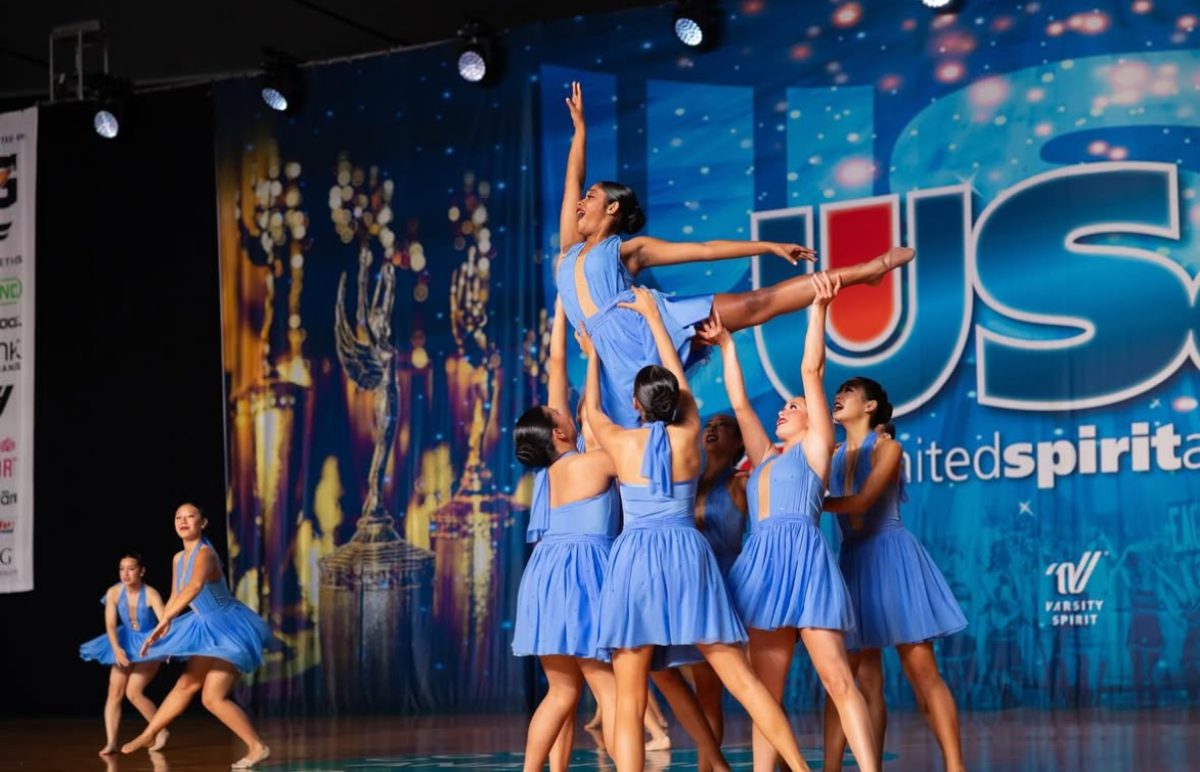
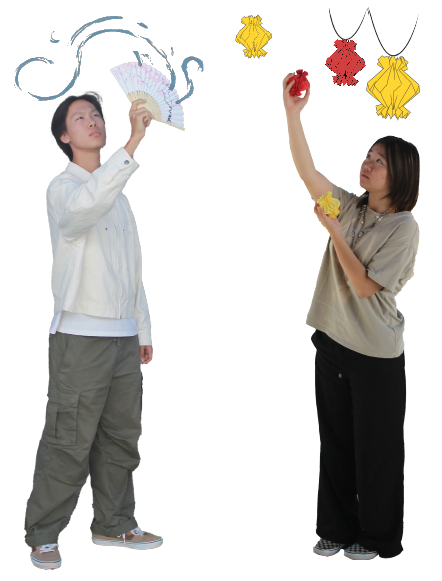
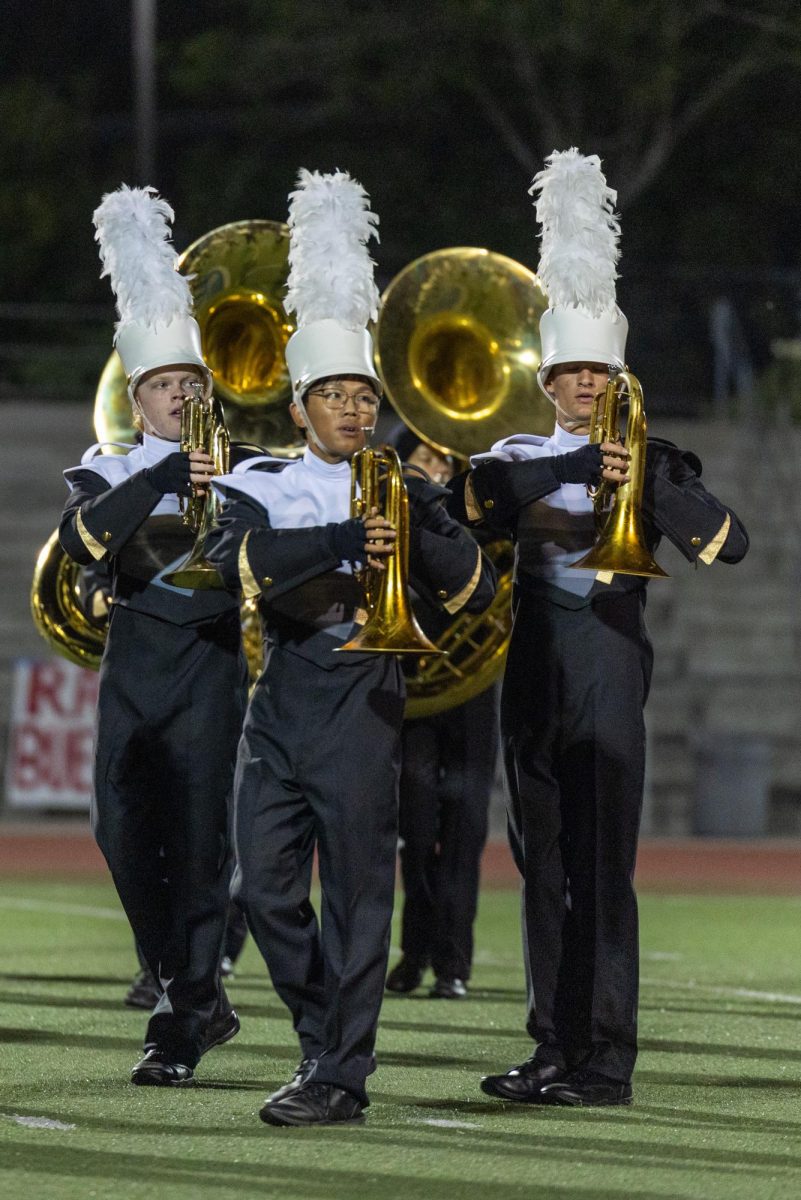
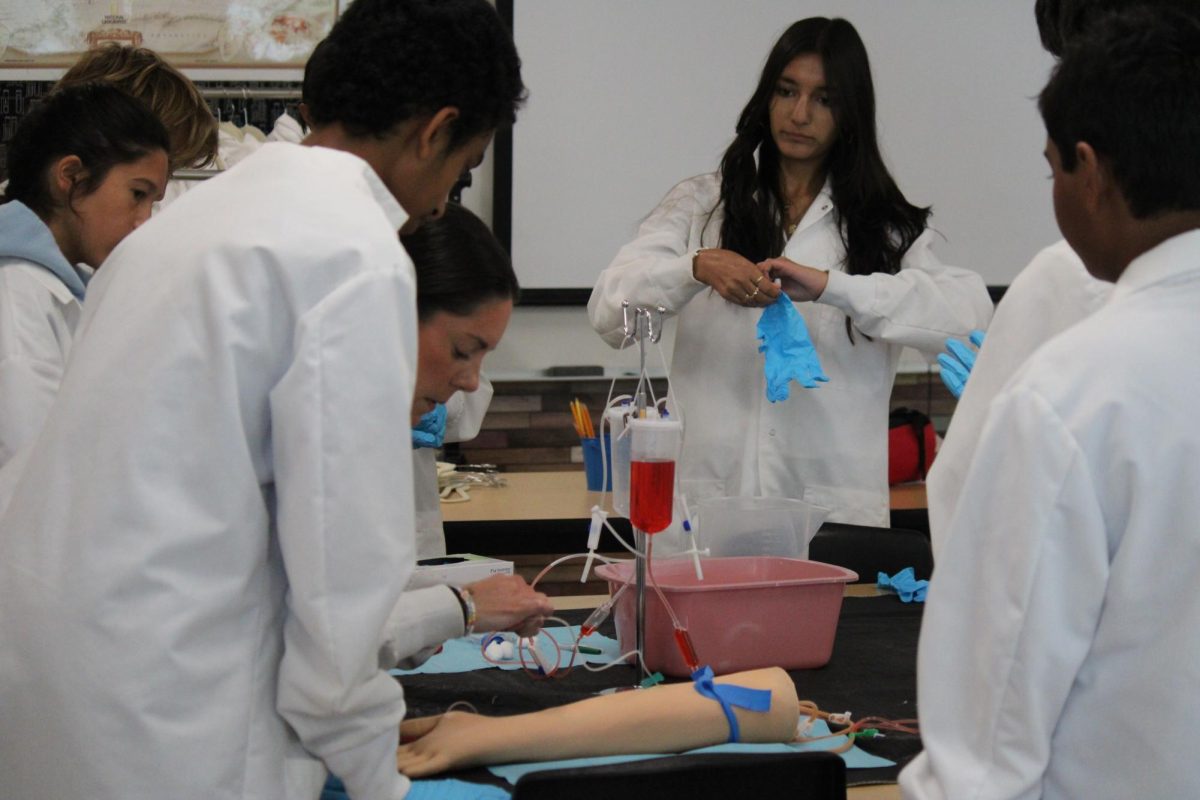
![Jolie Baylon (12), Stella Phelan (12), Danica Reed (11), and Julianne Diaz (11) [left to right] stunt with clinic participants at halftime, Sept. 5. Sixty elementary- and middle-schoolers performed.](https://wvnexus.org/wp-content/uploads/2025/09/IMG_1948-800x1200.png)
